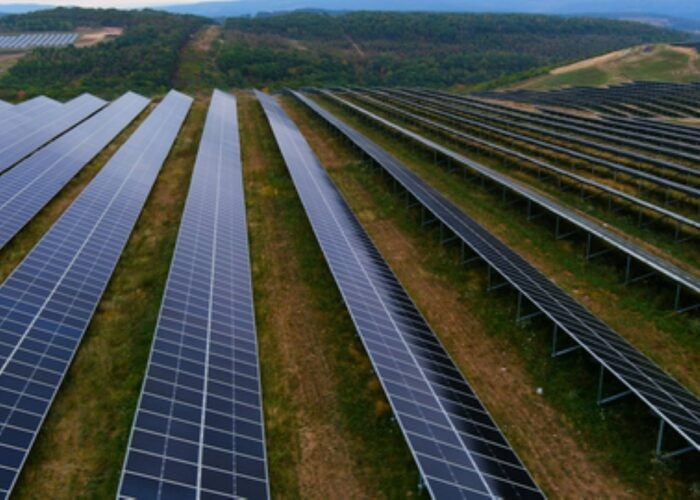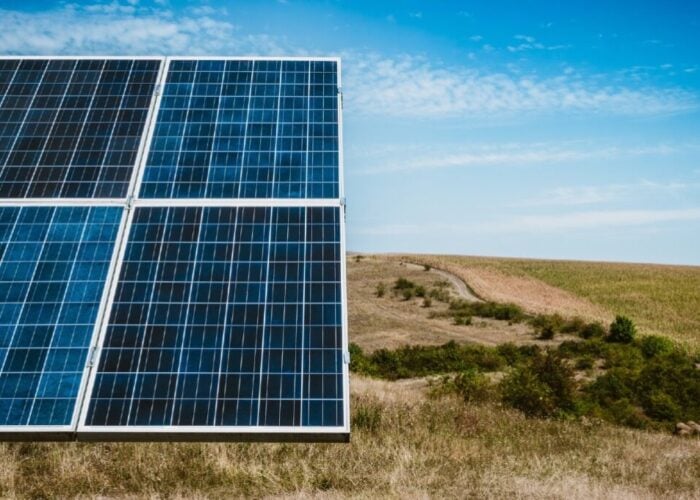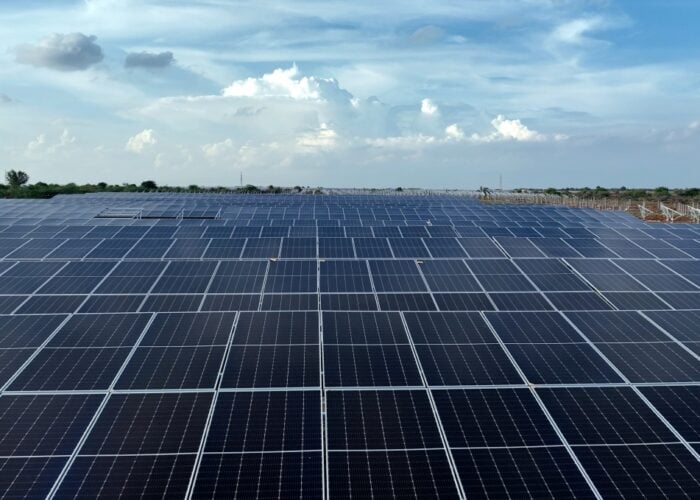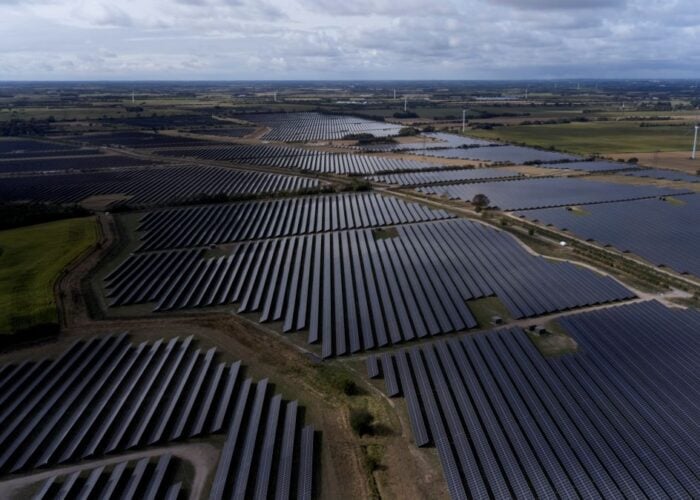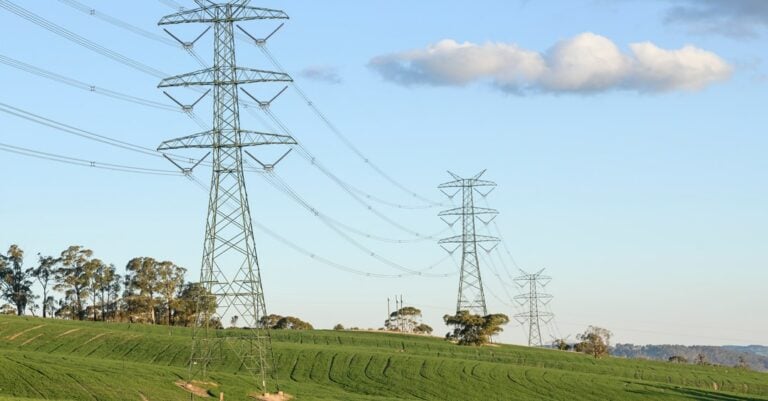
New South Wales, Australia’s most coal-dependent state, will transition from 40% to 90% renewable energy by 2035, according to grid operator Transgrid’s latest planning report.
In what the company describes as a “deep transition” phase for the state’s electricity system, the forecast, detailed in Transgrid’s Transmission Annual Planning Report (TAPR) 2025, outlines a transformation of the New South Wales grid as coal generators retire and installed renewable energy generation capacity continues to rise.
Try Premium for just $1
- Full premium access for the first month at only $1
- Converts to an annual rate after 30 days unless cancelled
- Cancel anytime during the trial period
Premium Benefits
- Expert industry analysis and interviews
- Digital access to PV Tech Power journal
- Exclusive event discounts
Or get the full Premium subscription right away
Or continue reading this article for free
The TAPR 2025 marks the completion of what Transgrid terms the “ramp-up” phase of the New South Wales energy transition. In this decade, wind and solar generation have increased fivefold, while coal’s share of the energy mix has declined to approximately 60%.
This transition now enters a more intense phase, with Transgrid forecasting a series of major shifts in how the grid operates, including the potential for zero minimum demand from the grid by the early 2030s as rooftop solar generation continues to grow.
Transgrid CEO Brett Redman noted that this “deep transition” phase will see the grid undergo a “dramatic change”.
“We are now entering the new, highly dynamic phase of ‘deep transition’ in which the grid will undergo dramatic change, with the rapid closure of coal generators and accelerated buildout of renewable energy generation, storage and transmission,” Redman said.
The report also highlights record growth in generator connections over the past 12 months, with Transgrid now supporting more than 10GW of new renewable energy and storage projects.
Transmission to form the backbone of New South Wales’ energy future
The report identifies four critical transmission projects that will form the backbone of the state’s renewable energy future: EnergyConnect, HumeLink, Hunter Transmission Project, and QNI Connect.
These projects will enable the integration of new renewable energy zones (REZs) and strengthen interconnection with neighbouring states.
New South Wales’ southern neighbour, Victoria, recently updated its Transmission Plan to include an additional REZ around Coleraine to the southwest. The seven proposed REZs in the original document included Central Highlands, the Central North, Gippsland, the Northwest, the Southwest, Grampians Wimmera, and Wimmera Southern Mallee.
Transgrid noted that these transmission investments align with similar developments across Australia, where grid infrastructure has emerged as a critical bottleneck for renewable energy deployment.
Solar boom continues with 8GW rooftop forecast
Solar energy will play a central role in the state’s transformation, with Transgrid forecasting an additional 8GW of rooftop solar capacity across New South Wales and the Australian Capital Territory by 2035.
This distributed generation growth will alter grid operations, pushing minimum demand levels down dramatically.
The TAPR 2025 forecasts significant developments for the next two years, such as a 44% slump in minimum demand in New South Wales and zero minimum demand by the early 2030s report outlines.
This trend reflects the continued strength of Australia’s rooftop solar market, which has maintained robust growth despite the phasing out of small-scale technology certificates and other incentives.
The forecast aligns with recent analysis from SunWiz, which reported that Australia added 2.9GW of rooftop solar in 2024, bringing the national total to over 25GW. In doing so, this meant that rooftop solar PV generation had more installed capacity than coal-fired power.
Storage and flexibility needs intensify
The rapid growth in variable renewable energy generation will require substantial investments in energy storage and grid flexibility. Transgrid notes that in the past 12 months alone, 4,115MW of additional renewable energy generation and energy storage have committed to joining the network.
The report highlights the need for significant investment in grid-stabilising equipment as the system transitions away from the inertia and system strength traditionally provided by coal generators.
This echoes challenges faced across Australia’s National Electricity Market (NEM), where system security services have become increasingly valuable as synchronous generation retires.
One of the largest battery energy storage systems (BESS) recently came online: the 700MW/1,400MWh Waratah Super Battery, designed to act as a “shock absorber” for the grid following the closure of the Eraring coal plant in 2025.
Our publisher, Solar Media, will host the Battery Asset Management Summit Australia 2025 on 26-27 August in Sydney. You can get 20% off your ticket using the code ESN20 at checkout.


